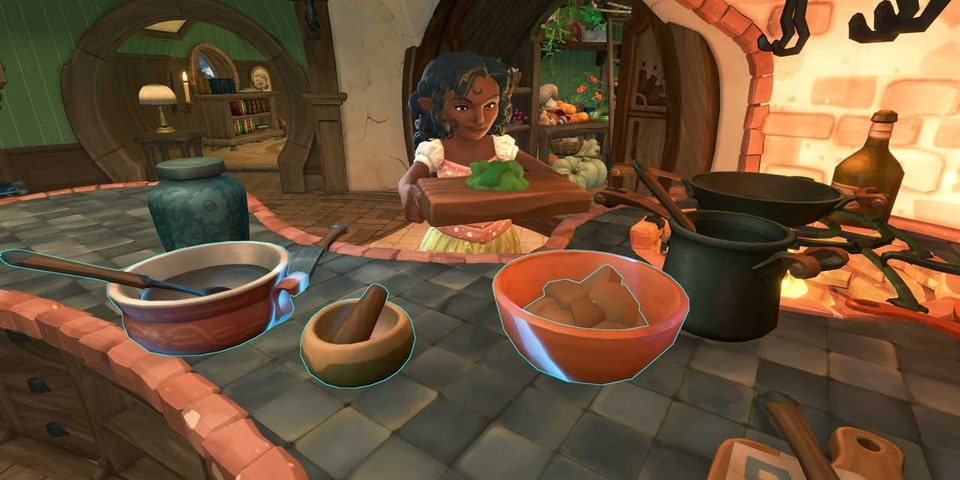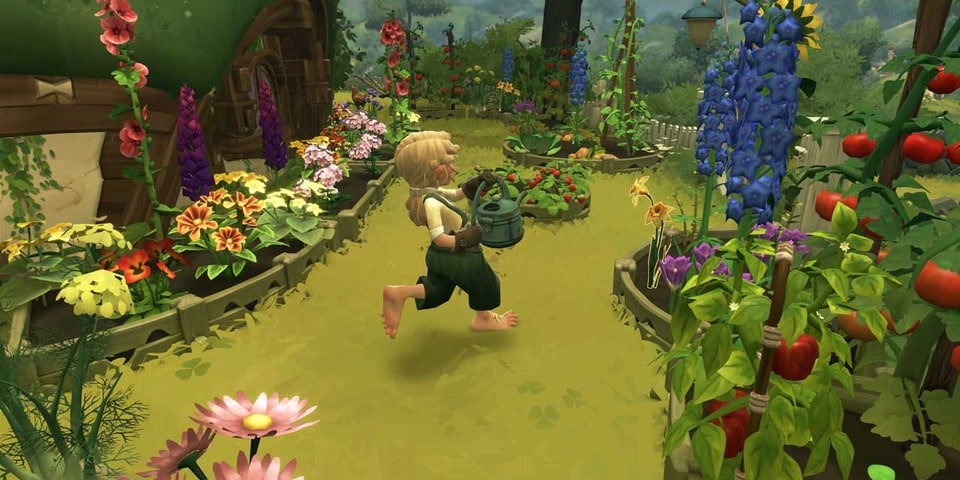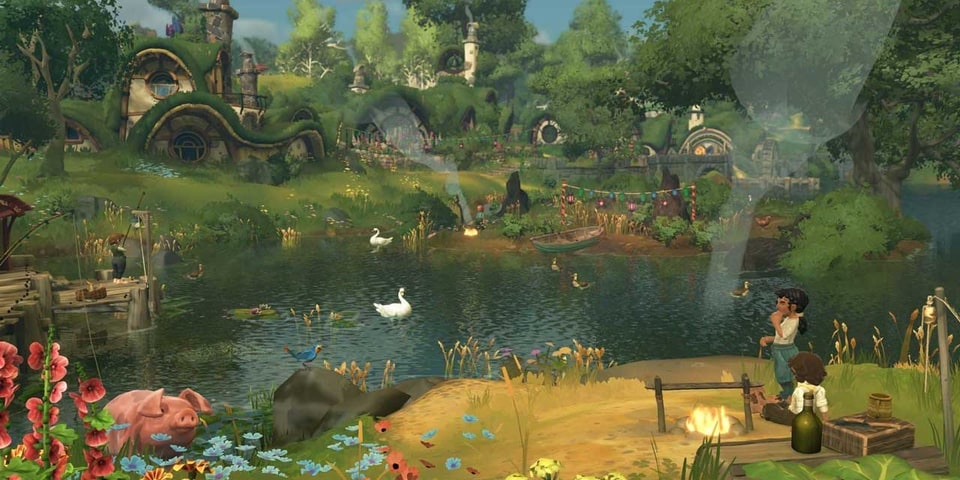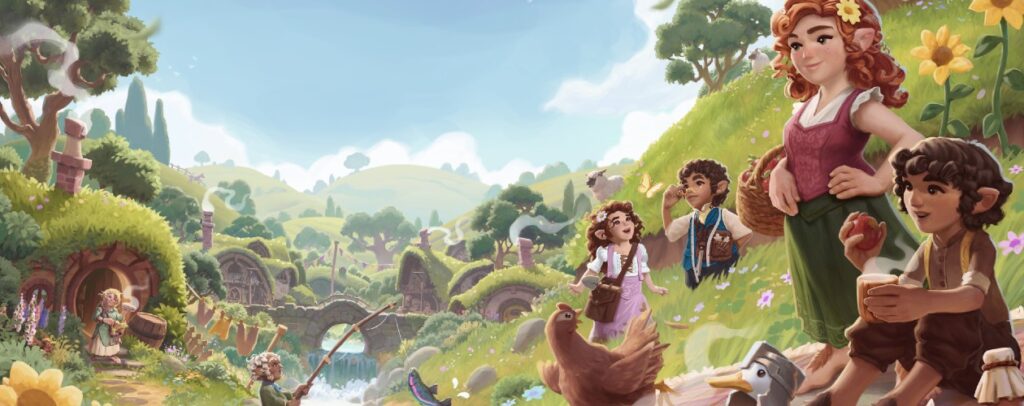After reading The Lord of the Rings, the last thing on my mind was wanting to be a Hobbit. No, I categorically wanted to be Legolas, growing my hair and joining the University Archery Society, spending a year enjoying the fine art of putting arrows in a massive circle. If I couldn’t be Legolas, though, then it would have been Strider, and then probably Gimli or Gandalf in that order. Frodo and Sam might be the ostensible heroes, but as the everyman they’re not… well… very cool, are they? And frankly, my own feet are hairy enough already.
However, as an adult person, with adult constraints, tasks and responsibilities, the Hobbits’ way of life is far more alluring than the detached, changeable, emotionally reserved elves. Here we have a race that has made elevenses a religion, whose pantries are always full, and who can nap, eat and smoke at any time of day without anyone raising an eyebrow.
Their beautifully decorated underground homes are also warm, cosy and ever so appealing – even more so with the state of the current real-world housing market. This is the perfect time then to discover Tales of the Shire, a cosy life sim that lets you become the Hobbit of your dreams, and there’s not an adventure in sight.
You’ve got to give a suitably Hobbity name to your Hobbit, and thankfully, there’s a range of pre-made ones to mix and match from if you don’t quite feel as creative as Tolkien. Enter Odo Lightfoot, or maybe Myrtle Mugwort. It’s interesting to find a game where the character creator has as many options for foot hair as it does for hair on your head, but overall, this is a limited character creator compared to most. Still, you can make a fair approximation of Sam, Frodo, Merry or Pippin, and that’s probably the important thing.
Your first task is to become a local of Bywater. This Hobbit town is made mention of in the series as a crucial location in the fight back against Saruman, but there’s no sign of vindictive wizards here, just an array of green pastures, blooming flowers and one rundown Hobbit Hole for you to bring back to life.
Food is the key to a Hobbit’s heart, and that’s as true as ever here. Progress is fundamentally tied to making meals, sharing them with townsfolk, and levelling up your relationship with each of them through bribery-based friendship. The better your ingredients, the better your meals, and you go through a short series of tasks to prepare each one. These are pretty simple, but they do make you feel slightly more like a cook than someone clicking through menus.
Things are complicated by each dish’s sweet spot. You have to prepare and cook dishes to a particular level, with a scale between smooth and chunky, between tender and crisp, and if you manage to do that, alternating in how much you chop or cook each component, you’ll make your dish much tastier, greatly increasing its impact on the diner.

I particularly like some of the little touches the team have included, like the birds that serve as your route finders, fluttering from signpost to arch to wall as you go about your business. It’s such a smart and natural way to direct your play that I wonder why I haven’t seen it before – the closest might be the wind blowing in Ghost of Tsushima.
One of the other key things you’ll spend your time doing, is tidying, designing and expanding your Hobbit Hole. It’s a bit of a wreck when you arrive, and the first thing you’ll want to do is clear up. Thankfully, this is very well done, and the controls are clear and easy to use, making moving, rotating and setting items pleasingly easy.
It’s also very detailed, so you can place mugs and bottles on shelves or the floor, filling places with clutter if you want, or going for a new-age Hobbit Feng Shui where everything points in the right direction. I do wish there were a gyro option on Switch, for a perfect level of precision, but it works suitably well without.

The Switch version A Hobbit’s Tale looks distinctly pared back, and frankly, it’s a little ugly. The character models look less detailed, and there’s clear pop-in of level furniture, with flowers and other details magically appearing as you walk towards them. What it does mean is that everything runs relatively smoothly, and the overall presentation remains charming, but it’s definitely not a looker on the older handheld, and it’s limited to compatibility modes on the Switch 2 – hopefully a patch or upgrade is forthcoming.
A further disappointment is that there’s no recorded speech, and only minimal grunts and exclamations made by characters during conversation. It gives every encounter a strange silence, a disconnect, and it really robs speech of any emotional depth at all. Even if it was shorter portions of speech that give a flavour of the full written dialogue – like we’ve seen in series like Fire Emblem – that would have breathed so much more life into the characters here.
Thankfully, the beautiful soundtrack helps to draw your attention away from any other audio/visual deficiencies. It manages to capture the nature of the films, with finely drawn, gentle orchestration emphasising the arable fantasy, letting you truly embody the Hobbit way of life. It’s about as perfectly tuned to its task as possible, and while you’re cooking, cleaning, renovating and removing, it provides an excellent aural backdrop.

Now, Tales of the Shire is going to appeal to a very particular sort of person. Some might decry the limited Lord of the Rings connections – at least those who expect to be walloping orcs with swords – but there’s a heap of Animal Crossing here, alongside some Stardew Valley and Story of Seasons, wrapped up in a thoroughly convincing Lord of the Rings landscape. For fans of cosy gaming, those for whom a busy little fantasy life is what they want at the end of a day, rather than a grand adventure, Tales of the Shire is a gentle and lovingly crafted entry in the genre.


